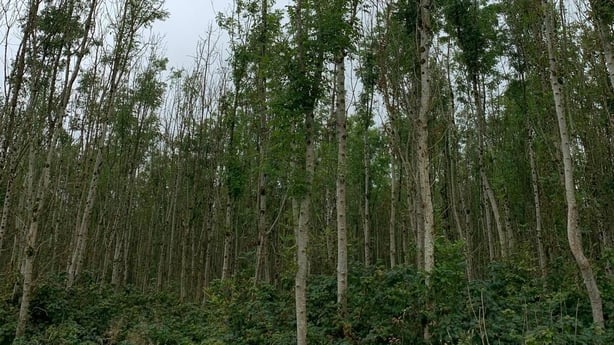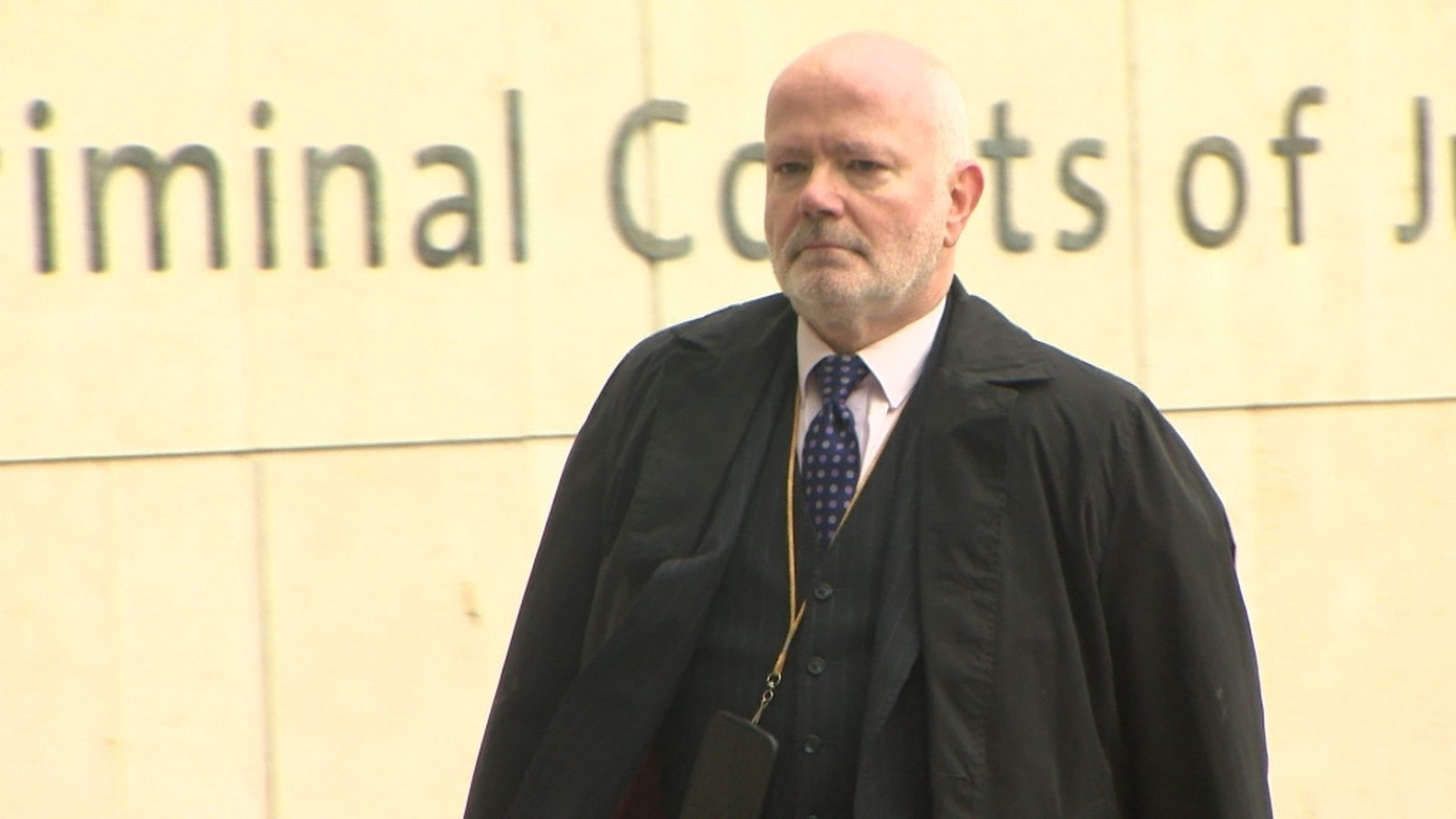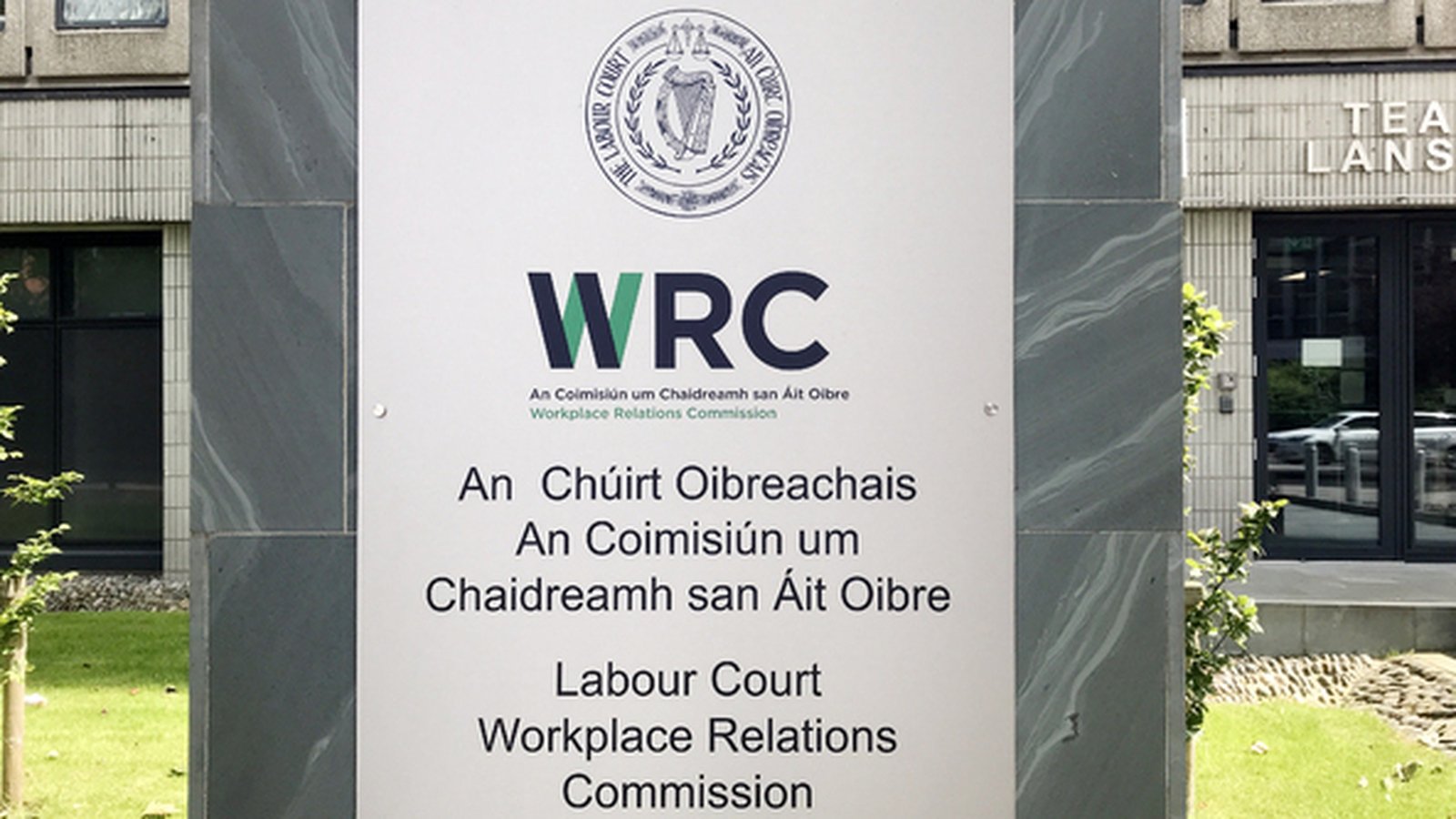‘Damage is evident’ – Growers keen on ash dieback scheme

A new package to be announced later by Minister for Agriculture Charlie McConalogue and Minister of State for Land Use Pippa Hackett will provide nearly €80 million for those who have had their forests impacted by ash dieback.
Mary McCormack decided to forest some of her land in 1996. Given she is on good quality limestone land in Killenaule, Co Tipperary, she opted for ash trees.
“They [the Department of Agriculture] really promoted the scheme for planting ash,” Ms McCormack said.
Speaking on RTÉ’s Morning Ireland, she said she planted nearly 40 acres of her land with ash trees and in the beginning, it looked like a sound investment.
“They were all growing very well,” she said, “and then around 2012 there were rumours there was an infection in some ash in the country.
“The damage is very evident”
“We kept an eye on ours and then I noticed the following year that the trees didn’t look great”.
After a few years of thinking her trees did not look great she decided to get them tested and the results came back as positive for ash dieback.
Ash dieback is a serious fungal disease technically known as Hymenoscyphus fraxineus. Since its introduction into Europe 30 years, it has devastated European ash which has no natural resistance to the fungus.
Originally, Ms McCormack was told she would lose about 20% of her crop.

However, 12 years on from when ash dieback was first discovered in Ireland, she believes that just 2% of the ash trees she planted 26 years ago are resistant to the fungus.
“The damage is very evident,” she says. “The trees are weak; they’re not putting on volume. You can see by the leaf.”
Ms McCormack says she’s often able to identify ash dieback on the roadside as she is driving in her car.
She has spent years trying to get the Department of Agriculture and Forestry to help the more than 6,000 farmers and growers impacted by ash dieback.
“I think it’s worth bearing in mind that a lot of our owners are advanced in years, they were thinking of their retirement when they planned [their ash trees],” Ms McCormack says.
For many of these people, planting a forest was seen as a way to manage their land in a way that was less physically taxing than many forms of farming.
Ms McCormack has been waiting on a scheme for years so that she can remove her trees and start over.
In the meantime, she has noticed nature disappearing. As the red squirrels have left, there are very few birds making nests there.

More than 6,000 farmers and growers have been waiting for the scheme that will be announced by Cabinet today, which provides for a €5,000 per hectare payment to ash forest owners who clear their ash sites and re-establish new forests.
Ash dieback is believed to have entered the country from imported nursery trees from the Netherlands. Less than two weeks ago, there were calls to suspend log imports from Scotland until better safeguards were in place against the bark beetle.
The bark beetle is a non-native species that can damage and kill spruce trees. Sitka Spruce is by far the most common tree planted in Ireland.
According to the National Forest Inventory in 2022, Sitka Spruce made up just over half (50.6%) of the tree species forested in Ireland. Norway Spruce comprised 3.8%.





